Advertisement
For decades, COBOL has quietly powered the backbone of global finance, government systems, and large enterprises. It’s the silent engine behind banking transactions, insurance processes, and legacy databases. But while COBOL still does its job, it speaks a language few modern developers understand. Java, on the other hand, is a staple in the current programming world — widely taught, supported, and scalable.
Bridging the two has been a long-standing problem. IBM’s latest AI solution may be the missing link. Using generative AI to convert COBOL to Java, IBM isn’t just making legacy code modern — it’s reshaping how we think about software transformation.
COBOL (Common Business-Oriented Language) was created in 1959. It was designed to be readable and efficient for business use — and it worked. So well, in fact, that many companies never stopped using it. The problem is that it’s now over 60 years old. Most developers today aren’t trained in COBOL, and its usage is gradually becoming a risk factor rather than a strength. Maintenance requires niche skills, and innovation is slow.
Replacing COBOL systems outright is expensive and risky. Rewriting millions of lines of code by hand is tedious and prone to error. Traditional automated converters have existed, but their results are clunky at best. They produce Java code that maintains COBOL's procedural nature, which is difficult to maintain and fails to leverage Java's object-oriented features.
That's where the AI comes in. IBM's new product, Watsonx Code Assistant for Z, employs generative AI to translate COBOL into high-quality, optimized Java code. This is not a line-by-line syntax translation. It's about learning what the COBOL code does — the logic, the business rules, the relationships between the data — and then redefining that capability in Java using up-to-date design patterns.
IBM's approach to the COBOL-to-Java challenge doesn't rely on brute force. Instead, it leans on large language models trained specifically to understand code. These models are a result of IBM's broader strategy to embed AI into practical, enterprise-level tools that solve specific problems rather than chasing general-purpose AI hype.
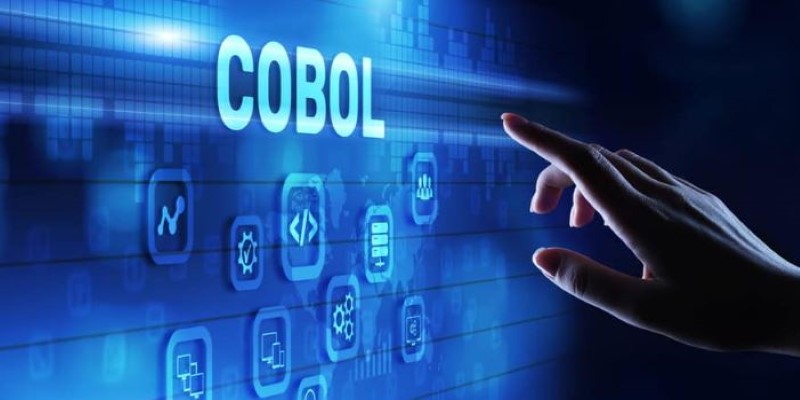
The process begins with a deep scan of COBOL applications. The AI parses and analyzes the structure of the codebase, mapping out dependencies, logic flows, and key data structures. Instead of just translating text, the system interprets the meaning behind the code. This step is crucial — it ensures the output Java code isn’t just technically correct but makes sense in a modern development context.
The AI then generates Java classes, methods, and data structures that reflect contemporary programming standards. The result is not merely functional Java but clean, idiomatic Java that developers can read, modify, and extend. The generated code is also modular, making future changes and integration easier.
One major strength of IBM’s method is its interactive tooling. Developers aren’t cut out of the loop. They can review, tweak, and guide the process, giving feedback to refine the translation. It’s a cooperative loop between human expertise and AI efficiency.
This breakthrough isn’t a theoretical experiment. Financial institutions, government agencies, and global corporations still rely heavily on mainframes running COBOL. For these organizations, IBM’s new AI tool offers a practical path forward. It allows them to modernize without risking their core systems.
Take, for example, a banking system that processes millions of transactions daily. Shutting it down for a total rebuild isn't an option. With IBM's AI, the code can be incrementally converted, tested, and deployed with ease. Instead of a massive migration effort, companies can manage a phased, controlled modernization.
Another benefit is workforce relevance. Java is widely understood, so once COBOL systems are translated, maintaining them becomes far easier. This addresses a growing concern: the number of COBOL-fluent developers is shrinking every year. Moving to Java means tapping into a much larger pool of development talent and aligning with current IT standards.
Security and compliance are also enhanced. COBOL systems weren't built with today's cybersecurity expectations. Rewriting them in Java allows for better integration with modern security frameworks, logging, monitoring, and access control tools. Additionally, AI-assisted translation ensures fewer human-introduced errors, which is crucial when handling sensitive operations such as banking or public records.
The speed of transformation is another critical factor. What might take a team months to do manually, IBM’s solution can handle in weeks — sometimes days. That acceleration gives companies room to innovate elsewhere rather than being bogged down in maintenance.
IBM’s generative AI approach to COBOL-to-Java translation isn’t just a one-off tool — it signals a wider trend. Legacy modernization is entering a new era, with AI becoming a co-developer. Instead of outsourcing entire projects or manually rewriting old systems, businesses can now automate large parts of the process with confidence and precision.
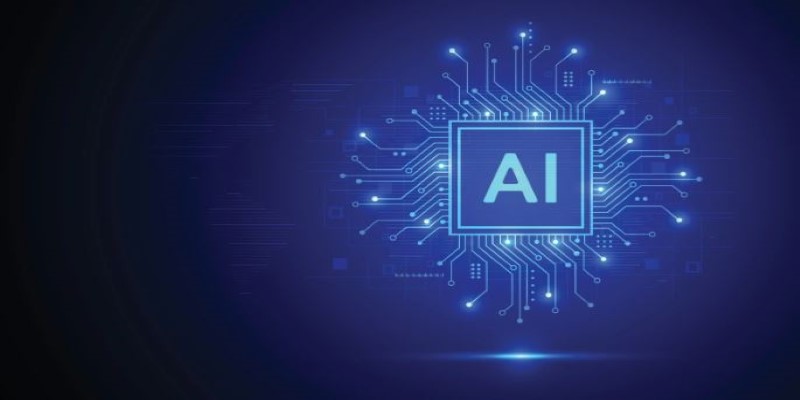
But this is just the start. The same principles could apply to other legacy languages. Whether it’s FORTRAN, RPG, or older C-based systems, AI-driven translation may soon be the go-to for code that’s too important to discard but too outdated to leave untouched.
That also changes how developers work. With AI handling the heavy lifting of code conversion, developers can focus on redesigning the architecture, improving features, or integrating technologies such as cloud services or APIs. This shift enables teams to think more strategically rather than reacting to aging code.
AI doesn’t just translate code — it learns. Each project adds to the AI model’s understanding, improving results over time. This learning cycle means every translation makes the system smarter, more accurate, and more effective.
Challenges remain. AI still needs human guidance to preserve context. Code includes decades of business rules, policies, and exceptions. But with the right tools and teamwork, the gap between legacy systems and modern platforms is closing fast.
IBM’s AI-driven COBOL to Java conversion offers a practical way to modernize legacy systems without losing valuable business logic. It doesn’t replace developers—it helps translate decades of code into a form compatible with today’s technologies. By merging code expertise with generative AI, IBM enables safer and faster updates. This gives organizations a clear way to evolve without rebuilding everything, allowing older systems to work within modern infrastructure.
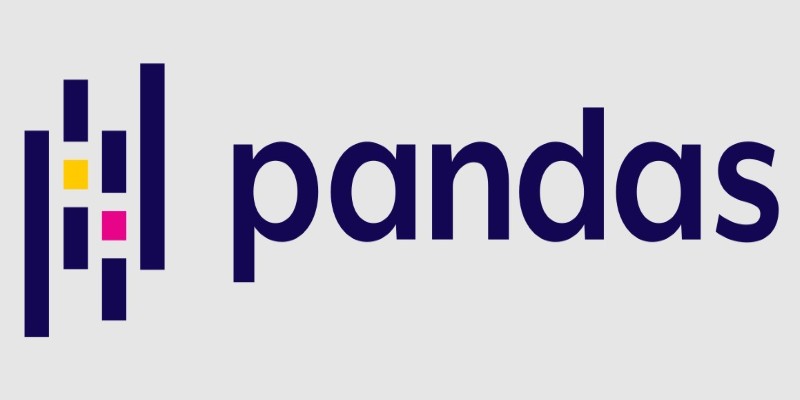
New to data in Python? Learn how to read, clean, and export CSV, Excel, JSON, and SQL formats using Pandas. A practical guide for beginners navigating real-world datasets
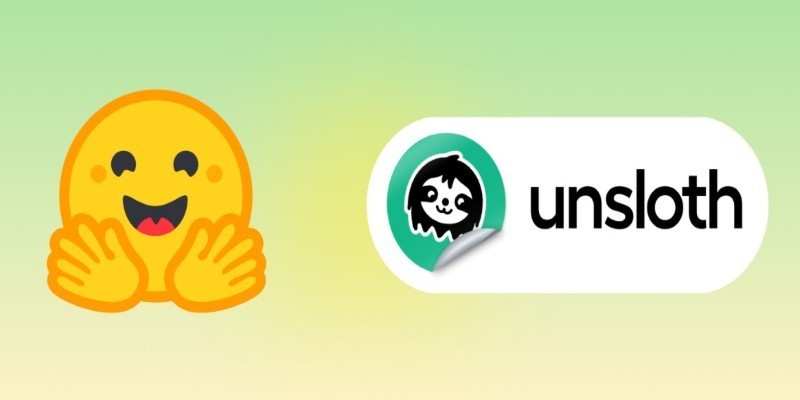
How Making LLMs Lighter with AutoGPTQ and Transformers helps reduce model size, speed up inference, and cut memory usage—all without major accuracy loss
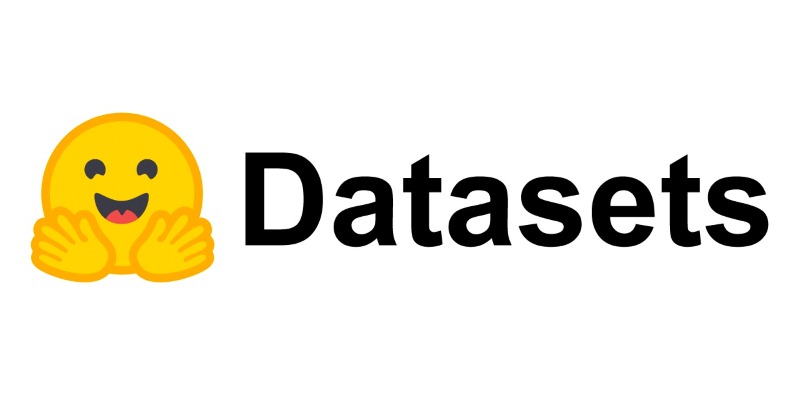
Discover the top 8 most isolated places on Earth in 2024. Learn about these remote locations and their unique characteristics
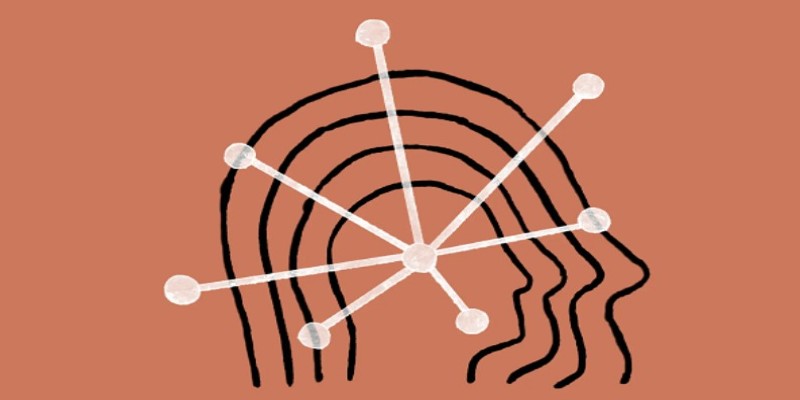
Is Claude 2 the AI chatbot upgrade users have been waiting for? Discover what makes this new tool different, smarter, and more focused than ChatGPT.
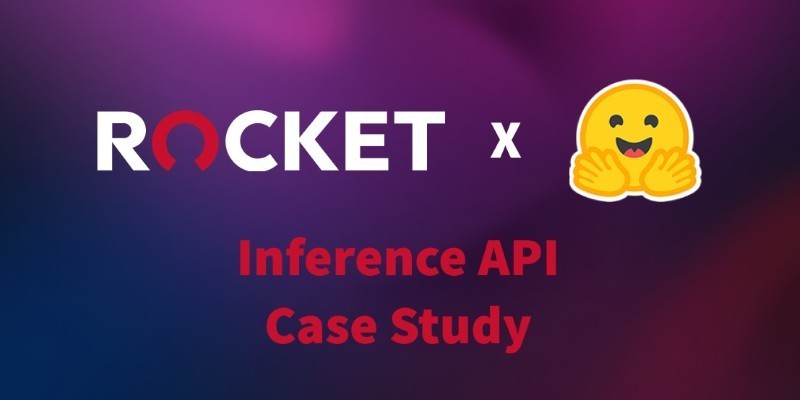
How Rocket Money x Hugging Face are scaling volatile ML models in production with versioning, retraining, and Hugging Face's Inference API to manage real-world complexity
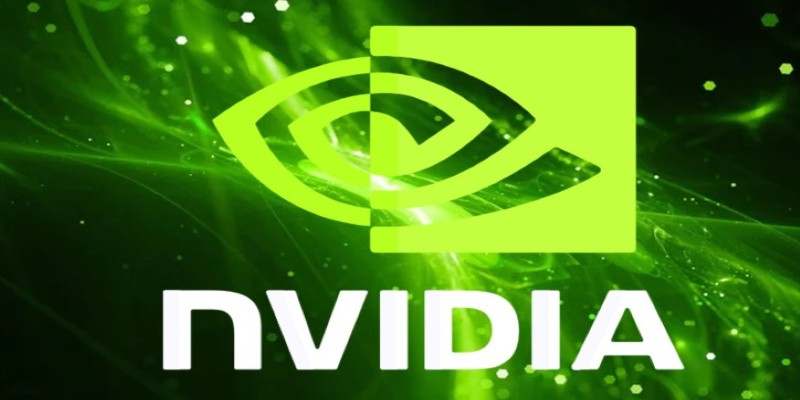
Nvidia's Perfusion method redefines AI image personalization with efficient, non-destructive customization. Learn how this breakthrough approach enables targeted learning without model degradation
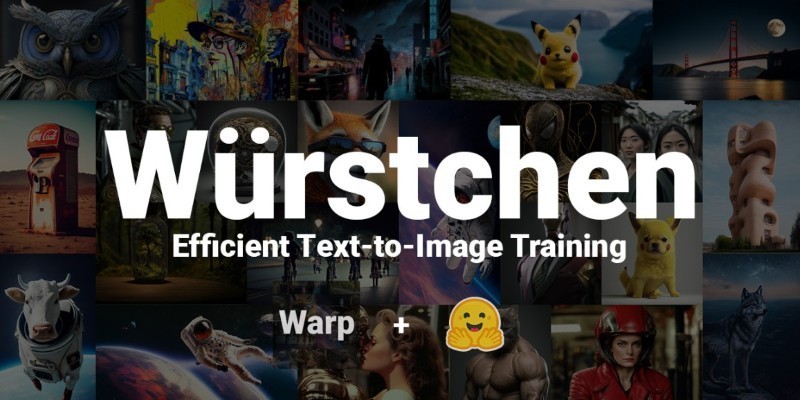
How Würstchen uses a compressed latent space to deliver fast diffusion for image generation, reducing compute while keeping quality high
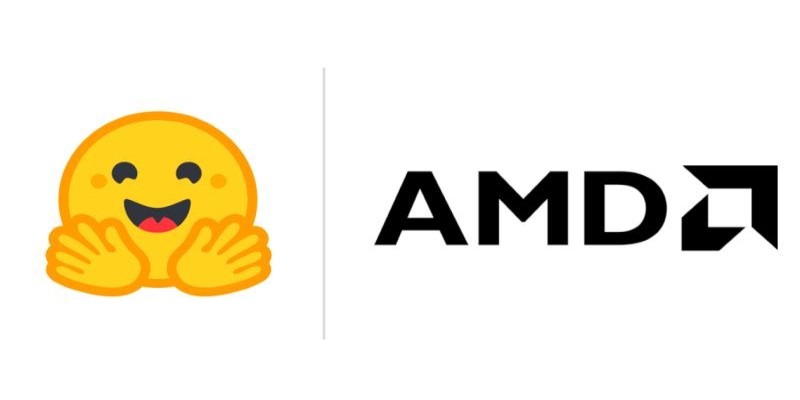
Discover five engaging and creative methods to teach your kids about saving money and instill essential financial literacy skills
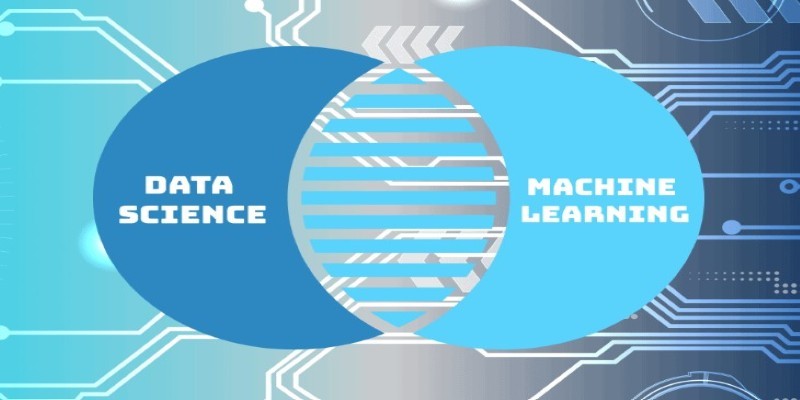
Learn the clear difference between data science and machine learning, how they intersect, and where they differ in purpose, tools, workflows, and careers
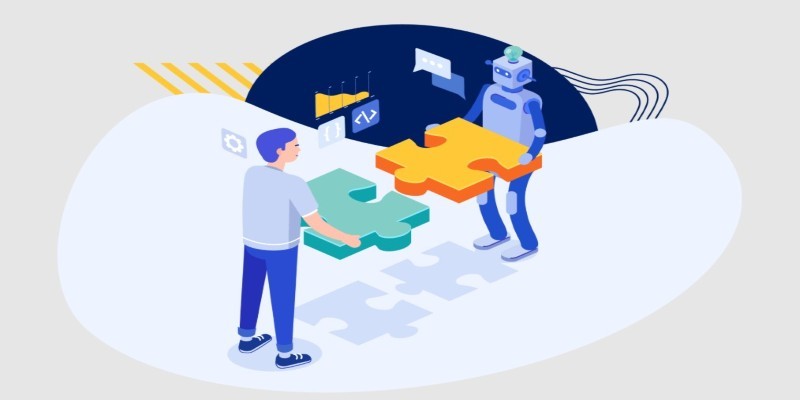
How Enterprise AI is transforming how large businesses operate by connecting data, systems, and people across departments for smarter decisions
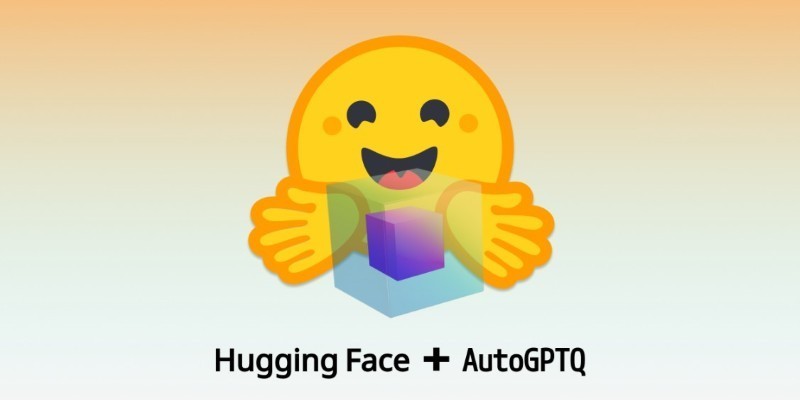
Explore the range of quantization schemes natively supported in Hugging Face Transformers and how they improve model speed and efficiency across backends like Optimum Intel, ONNX, and PyTorch
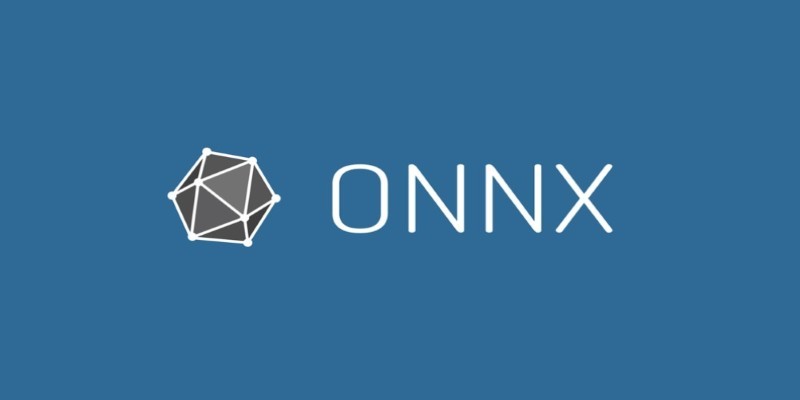
How the ONNX model format simplifies AI model conversion, making it easier to move between frameworks and deploy across platforms with speed and consistency